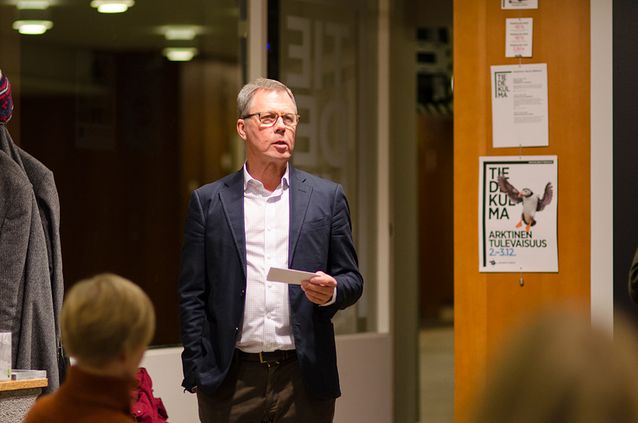Jyrki Nummi
Jyrki Tapio Nummi
Born February 9, 1953, Helsinki
Master of Arts 1980, Licentiate 1985, PhD 1993 (comparative literature and aesthetics), University of Helsinki
Professor of Finnish Literature 2003–, University of Helsinki
Research Fellow, 1999, 2000-03, Academy of Finland
Lecturer in Finnish Language 1989–2003, Helsinki Institute of Technology
Visiting professor of Finnish language and literature 1987–88, Indiana University
Research themes:
(Historical) poetics, the study of the canon, modernism and genre, research on the works of, inter alia, Väinö Linna, Aleksis Kivi and Juhani Aho
Publications, projects and other academic activity
Research and development projects:
Critical Editions of the Works of Aleksis Kivi (2010–)
Suomalainen klassikkokirjasto ( ‘Library of Finnish classics’) – electronic infrastructure (2010–)
Awards:
Annual award of students of Finnish literature: “Blunder of the year in a lecture,” 2011
Written by Jyrki Nummi (Kaija Hartikainen, ed.)
Photo: Sasa Tkalcan
Translated by Matthew Billington

